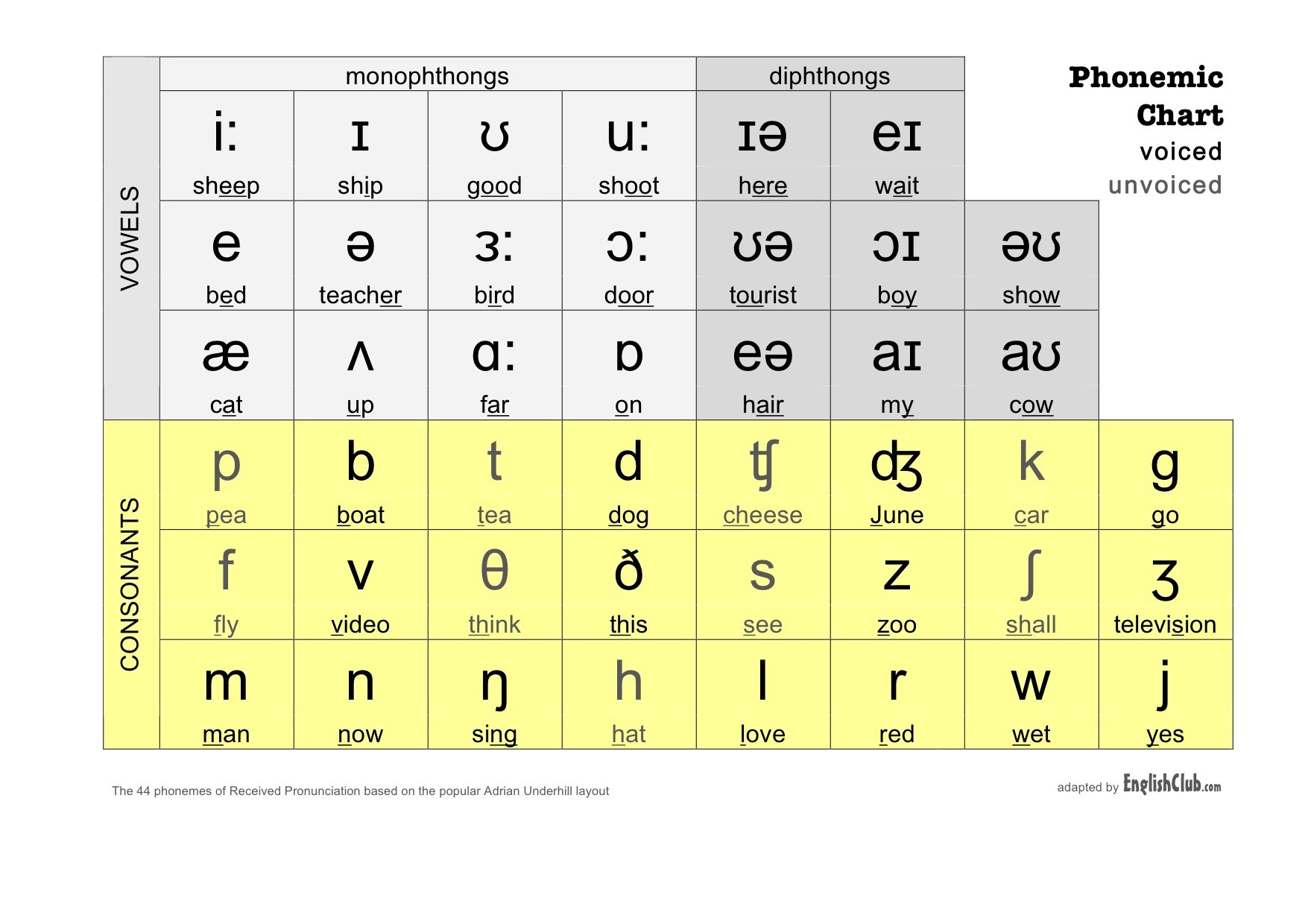
1. At this time of year, a typical Japanese New Year’s decoration is kagami-mochi: layered, round mochi rice cakes with a small orange on top. Why do Japanese people decorate their homes this way?
2. Kagami-mochi, usually made with two layers of rice cakes, are a welcome offering to the spirit of the New Year. Traditionally, rice, as the staple food of Japan, is believed to have spiritual energy — and in a rice cake, that energy is believed to be more concentrated.

(1)Do you usually decorate your home during the New Year period?
(2)How do you typically celebrate the New Year?
3. The word kagami means “mirror.” Because the mochi cakes are round, the name is believed to come from round, bronze mirrors that have represented the gods in Japan since ancient times.
4. At the end of the New Year season, the kagami-mochi is broken up in a ceremony called kagami-biraki. The pieces of mochi are then eaten, so that people can receive the spiritual energy from the mochi. The orange also has some meaning. Traditionally, a bitter orange called daidai was used. This orange doesn’t fall from the tree after it is ripe, so it is a symbol of a long life.

(1)Are there any New Year’s traditions that are unique to your country?
(2)What foods do you usually enjoy during the holiday season?
5. These days, people often use plastic kagami-mochi. These are actually containers with real mochi inside. Because the decoration is on display for several days, the plastic keeps the mochi clean. Japan’s largest kagami-mochi is now on display at a shrine in Tochigi prefecture.
6. Displayed every year at Yasuzumi Shrine in the town of Takanezawa, Tochigi prefecture, this giant kagami-mochi has three layers and weighs 700 kilograms. In an unusual ceremony, the first two layers of this kagami-mochi are brought to the shrine by a forklift truck, and the final layer is carried in by 12 shrine maidens. The three layers have diameters of 110, 80, and 60 centimeters, and the complete decoration is 90 centimeters tall.

Phonetic Chart





